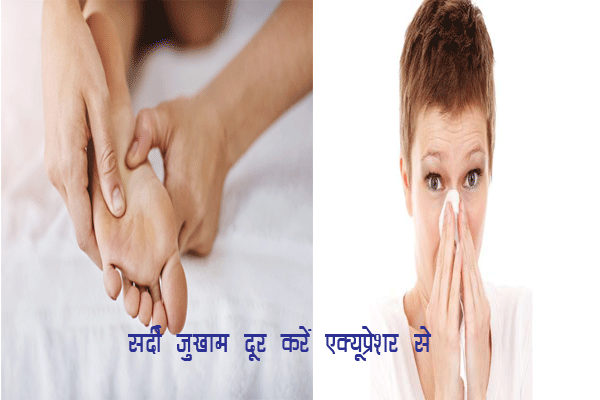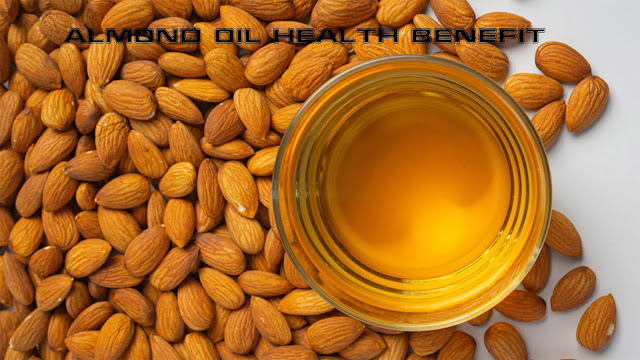Shingle is a contagious virus that causes an annoying and painful rash to erupt on the skin.The virus, varicella-zoster, is spread by direct contact with the fluid from someone else’s blisters who already has shingles.
Shingles is a painful skin infection caused by the varicella-zoster virus. It occurs in one out of three cases where someone has chickenpox and about half of those with herpes zoster, also called shingles. The condition can be severe and even life-threatening in some cases.
Common Symptom of Shingles: Shingles is a severe viral infection that may be spread by direct contact with someone who has shingles. It can also be caught from an infected person’s saliva or feces through the air, and it may also be spread to people through contaminated objects such as bedding, clothing, and towels.
Symptoms of Shingles
Symptoms start with a tingling sensation on one side of the body and gradually spread to the other side. The most common symptom is pain, but many people will also experience an itchy rash. This rash usually appears on one side of the body and can cover up to half of it. If you notice that these symptoms are coming on, get yourself checked out by your doctor immediately! A shingles outbreak lasts a total of two to three weeks.
The most common symptom of shingles is red, itchy, and painful rashes, which are smallpox marks that often occur on the buttocks, lower back, neck, cheeks, trunk, or face. This rash commonly begins on one side of the body and spreads to the other. The person also typically experiences fever and headaches.
How To Prevent of Shingles
One of the most dangerous complications of shingles is a bacterial infection known as cellulitis. The symptoms of cellulitis are pain in your arms, legs, or face; swelling near your joints; fever; chills; or severe shortness of breath. If you think you’ve had this condition, get immediate medical attention.
Oatmeal: Many people are unaware of the benefits of oatmeal and its properties. Oatmeal is a natural anti-irritant because it has soothing and anti-irritant properties, which can help relieve pain, irritation, and constant itching that accompany shingles. As a result, many people avoid taking medicine to relieve pain and continue to eat oatmeal to help with their discomfort.
Aloe Vera: Aloe Vera is a natural remedy that fights infection and relieves the pain associated with shingles. In addition, it contains potent antiviral and antifungal properties that can reduce the number of outbreaks. Compared to both other treatments for shingles, Aloe Vera has proved to be more effective than corticosteroid creams and other typical remedies used to treat shingles.
Honey: Honey can help with shingles because it is a natural antibiotic and anti-inflammatory. There are other benefits, such as healing burns, skin infections, and wounds and the ability to speed up the healing process of other types of ulcers.
An interesting fact about honey is that it has a higher concentration of sugar than table sugar. The average teaspoon of honey only has 11 grams of carbohydrates, whereas a teaspoon of sugar can have up to 45. This means that when you use honey for medical purposes, the small amount it contains will have minimal effects on your blood glucose levels.
Green Tea: Shingle is a virus that causes a painful rash on your skin. You can get it from the herpes simplex virus, which most people have. When you get shingles, there is a risk of getting serious complications such as pneumonia, encephalitis, nerve damage, and blindness. It’s always best to try green tea to avoid the risks that come with shingles in the first place.
Garlic: One of the most common remedies for shingles is garlic. It has antiviral properties, which can help kill the bacterial virus, parasites, and fungi that cause shingles. Garlic also contains antimicrobial compounds that can help prevent future breakouts of these infections.
Acetone: Acetone is a dangerous chemical with many properties. It can be used in nail polish remover, paper correction fluid, and shingles recipes. But it is also dangerous when inhaled because the vapors are so concentrated that they can cause kidney failure or heart disease. Acetone may also have an effect on reproductive organs in both male and female humans.
Coconut Oil: Coconut oil helps strengthen the immune system and fights against viruses, infections, and inflammation. It is also a moisturizer and can help reduce the appearance of ugly dry skin and other skin conditions like sagging and stretch marks. Coconut oil can also be used as a healing agent for wounds.
Sea Salt: Sea salt has antiseptic properties that can be very helpful in soothing the itchy feeling of shingles. It can also help dry the blisters and increase the healing process. Antibacterial sea salt is made from mineral-rich water, unlike regular salt, processed from mined salt. It may be less expensive than regular sea salt and lasts longer when kept dry.
Cold Water: Cold water is the perfect solution to the problem of shingles. It can quickly ease pain due to shingles, and it can also help relieve itchiness. The worst part about water is that it feels great when you’ve got a cold or feel sick, but it’s actually what you need when your body swells up from a virus or other illness.
Tea Tree Oil: If you’re suffering from shingles, tea tree oil is what you need. The topical ointment and the essential oil can help relieve your pain and speed up your healing process. Tea tree oil’s antiviral and antibacterial properties will help repel any infection, so it’s a great option if you’re still feeling uncomfortable.
Geranium Essential Oil: Geranium essential oil is a commonly used essential oil that has many health benefits. It is known to have anti-inflammatory properties, which can help with shingles and other inflammatory conditions. This essential oil can be found in drops, balms, or lotions by topically to the skin. One can also inhale the scent of geranium by diffusing the essential oil into the air.
Prevention and treatment for shingles
If you have never had a case of shingles, you will never know how painful it is until it happens. The pain can range from a two on a 10 to a ten on that same scale. It also hurts to blink, sneeze or breathe at that time. To avoid shingles, be sure to get the recommended vaccinations and make sure you get plenty of rest because sleeping is the best way to fight shingles.
Main Causes and Risk Factors
Shingles, also known as herpes zoster, are caused by the varicella-zoster virus (VZV). Shingles often affect people who are aged 60 years or older but can happen to almost anyone. The shingles most commonly appear on the torso and limbs. Each year, 17 million new cases of shingles are reported worldwide.
Conclusion
The first thing you need to know is that shingles are not contagious. You can’t catch shingles from someone else. A person with shingles will display no virus symptoms, including fever, aches, chills, or discomfort. Vaccination for the varicella-zoster virus (the virus that causes chickenpox and shingles) is recommended by most health care providers for all people over 50 years of age. This includes people who have had their chickenpox vaccine in the past.











